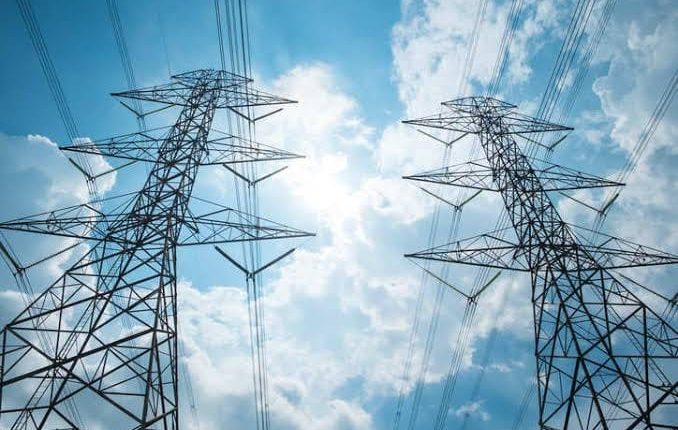Ethiopia enhances regional integration by supplying renewable energy to neighboring states – official
Addis Ababa, August 18, 2025 (FMC) – Ethiopia is emerging as a driver of regional integration by extending its renewable energy progress beyond its borders, exporting clean electricity to neighboring countries and fostering sustainable development across the Horn of Africa.
According to the Ministry of Planning and Development, Ethiopia’s vast hydropower, wind, and geothermal resources are not only powering domestic growth but also strengthening regional cooperation through shared energy infrastructure.
Mensur Dessie, Lead Executive Officer for Environment and Climate Change Agreements and Strategic Partnerships at the Ministry, said Ethiopia is leveraging international climate agreements and strategic partnerships to build a sustainable, interconnected regional power grid.
“Ethiopia’s renewable energy initiatives are setting a benchmark for sustainable development across Africa. Our hydropower projects, particularly the Grand Ethiopian Renaissance Dam (GERD), are enabling us to export electricity and enhance energy security for our neighbors,” he stated.
Ethiopia’s renewable energy drive is also anchored in its strong climate policy framework. The country is actively implementing its Nationally Determined Contributions (NDCs), which run through 2030 and focus on cutting greenhouse gas emissions and boosting resilience to climate shocks. Complementing this, the long-term Climate Resilient Green Economy Strategy extends to 2050, aiming to achieve net-zero—and potentially negative—carbon emissions.
Mensur stressed that Ethiopia’s actions go beyond policy commitments. Flagship initiatives such as the Green Legacy campaign, which has seen billions of trees planted nationwide, and investments in hydropower and wind projects, reflect the country’s tangible contributions to climate mitigation. These measures, he said, “demonstrate Ethiopia’s determination to balance environmental stewardship with economic growth.”
Hydropower development remains at the heart of Ethiopia’s strategy, with installed and planned projects estimated to tap into 45 gigawatts of potential capacity. Combined wind and geothermal resources offer an additional 15 gigawatts. This capacity positions Ethiopia as a future regional energy hub while supporting its own development ambitions.
Ethiopia’s progress is already gaining recognition beyond government circles. The local news agency ENA reported that these renewable energy initiatives are providing a model for sustainable development that other African countries can emulate.
Mensur noted that Ethiopia’s efforts are inspiring other African nations, many of which are also developing strategies to meet their Paris Agreement commitments. “Ethiopia’s comprehensive and practical approach to climate action makes it a model for others on the continent,” he said.
Ethiopia will showcase these achievements at the Second Africa Climate Summit, to be held in Addis Ababa from September 8–10, 2025, where it plans to present its energy and climate strategies as a blueprint for regional sustainable development.
By exporting electricity, advancing renewable energy, and implementing climate resilience strategies, Ethiopia is not only shaping its future but also laying the foundation for a more integrated and sustainable Africa.

